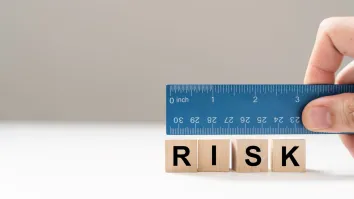
Why are intangible assets more valuable but less insured?
Only 44% of respondents feel prepared for an IP ‘Black Swan’ event, Aon said.
Only 19% of intangible asset value is insured, revealing a persistent protection gap for intangible assets. To compare, 60% of tangible assets are covered, according to Aon.
The Aon-sponsored research titled “2024 Intangible versus Tangible Risks Comparison Report”, conducted by the Ponemon Institute, involved 2,462 organisations globally engaged in cyber risk and enterprise risk management.
The report sheds light on evolving threats like artificial intelligence (AI), cyber, and intellectual property (IP), emphasising the role of insurance in safeguarding intangible assets.
Understanding these risks aids organisations in resource allocation for protection against tangible and intangible perils.
Evolving perils like generative AI, cybersecurity, and IP misappropriation pose significant potential losses for intangible asset values.
Additionally, only 44% of respondents feel prepared for a cyber or IP ‘Black Swan’ event.
ALSO READ: Japan bucks trend, positive asset returns boost pension index in Q4’23
In the face of highly complex multi-decade AI transformation, where risks and rewards are uncertain, the velocity of these risks is expected to rise.
Traditional historical reflections may not suffice in predicting future risks, particularly in the realms of cyber or generative AI. However, understanding and modelling these risks over time is feasible.
The average total value of intangible assets exceeds that of tangible assets by nearly 14%. Furthermore, the probable maximum loss for intangible assets surpasses that of tangible assets by almost 37%.
Sixty-seven per cent (67%) of organisations either use or plan to use AI products or services.
Fifty-six per cent (56%) of organisations experienced a significant security exploit or data breach in the past 24 months. Although most organisations lack specific IP insurance policies, nearly two-thirds express interest in purchasing them.

















 Advertise
Advertise








